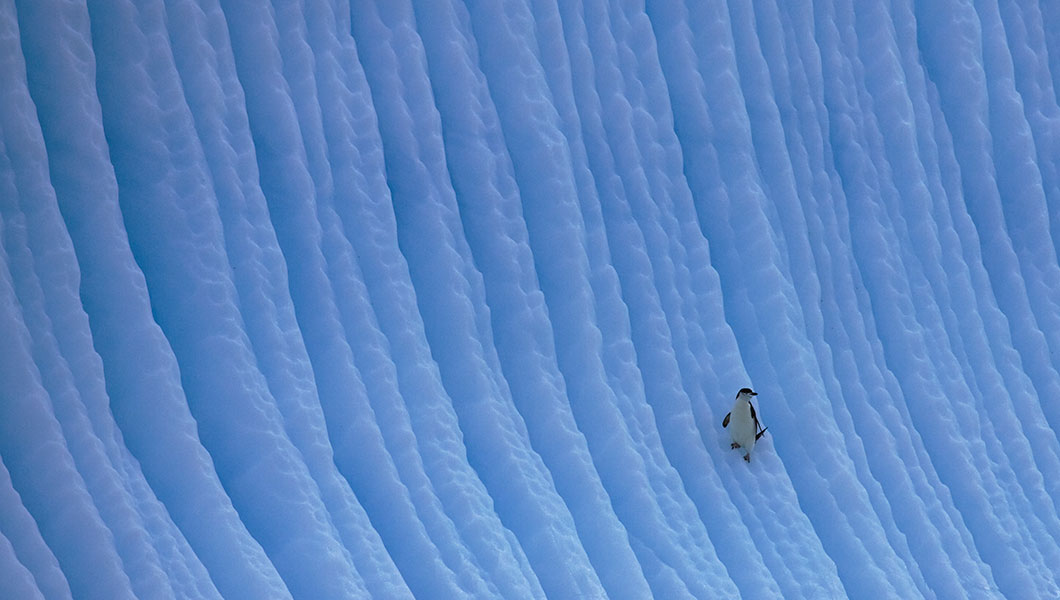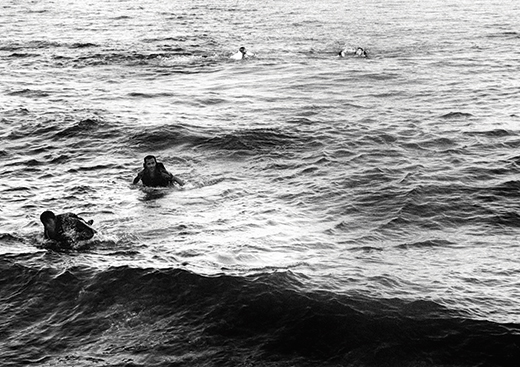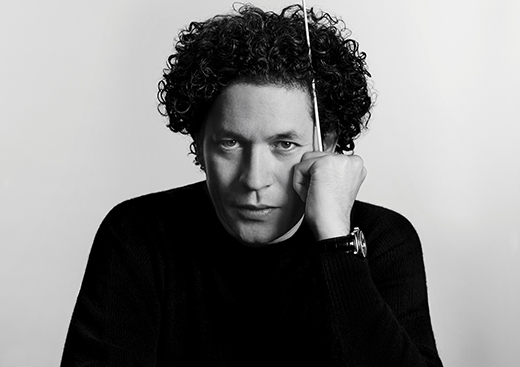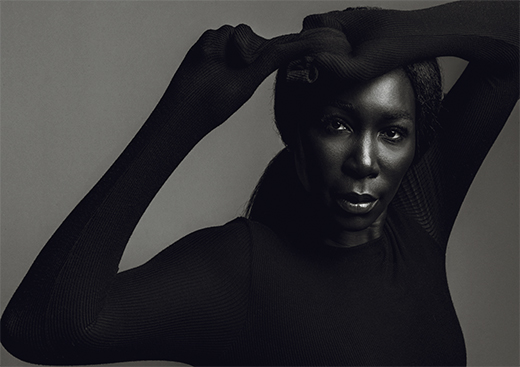Our fragile polar ice caps are exquisitely photogenic — but only a handful of photographers have the passion, patience and persistence to capture these frozen worlds on camera. Among them is Paul Nicklen, acclaimed National Geographic photo-journalist who puts his life on the line, enduring minus 40°F temperatures and hiking hundreds of miles of tundra, so he can bring us the most compelling polar photography ever seen. His images of polar bears swimming beneath the ice, of narwhals crossing tusks, and of penguins releasing micro bubbles as they ascend through the water have given the world a front row seat to the daily magic — and drama — of these inhospitable, majestic regions where, as Nicklen says, “ice is everything.”
“Ice is a highway, a place to rest, for bears, a floating sushi bar,” says Nicklen, speaking on the phone from his boat, about 300 miles north of his home on Vancouver Island. “If we lose ice, we stand to lose everything that lives on it; the foundation for algae. For krill. Seals lose the place to birth to their pups. Polar cod lose their homes. This effects everything at the top of the food chain. When you look at the life cycle, everything starts with ice.” Nicklen says it’s his life’s purpose to protect the ice — “Luckily, all it takes is one image to get the world’s attention,” he says. And it’s true; with 22 million Instagram followers and a reputation as one of the greatest living nature photographers, Nicklen has the power to influence minds and spark action with one click of his camera shutter.

Nicklen grew up on Baffin Island in Canada’s Arctic Circle, in a tiny Inuit town, population 190. His parents, a teacher and a mechanic, moved there in the mid seventies with their two young sons just “for the adventure” of it. They were one of three non-Inuit families in as cold and remote as a place as can be, where the sun would set on November 22, and would not rise again until January 19 the next year. “There was no TV or radio, no phone,” says Nicklen. “Snow became my sandbox, and I was learning survival skills while working through the cold at eight years old, under the aurora borealis.” Early on, he felt a “deep connection to nature”; he had pet seagulls, a pet harp seal. He became aware of the patterns of the wildlife around him—the white wolves, beluga whales, walrus and narwhals, feeding, living and breeding on and under the ice, year after year.
It was while studying marine biology in his twenties that he first got the idea to photograph the creatures he felt so close to. He had recently taken up scuba diving, and on one dive, he took a camera down with him. “That was when I realized there was a role for me,” he says. “As a scientist you’re taking the beauty of nature and turning it into dry facts — but I wanted to bridge the gap between science and people, using the power of visual storytelling.” Each time he zoomed in on the wildlife on the rapidly vanishing pack ice, he saw an opportunity. An opportunity to save it.
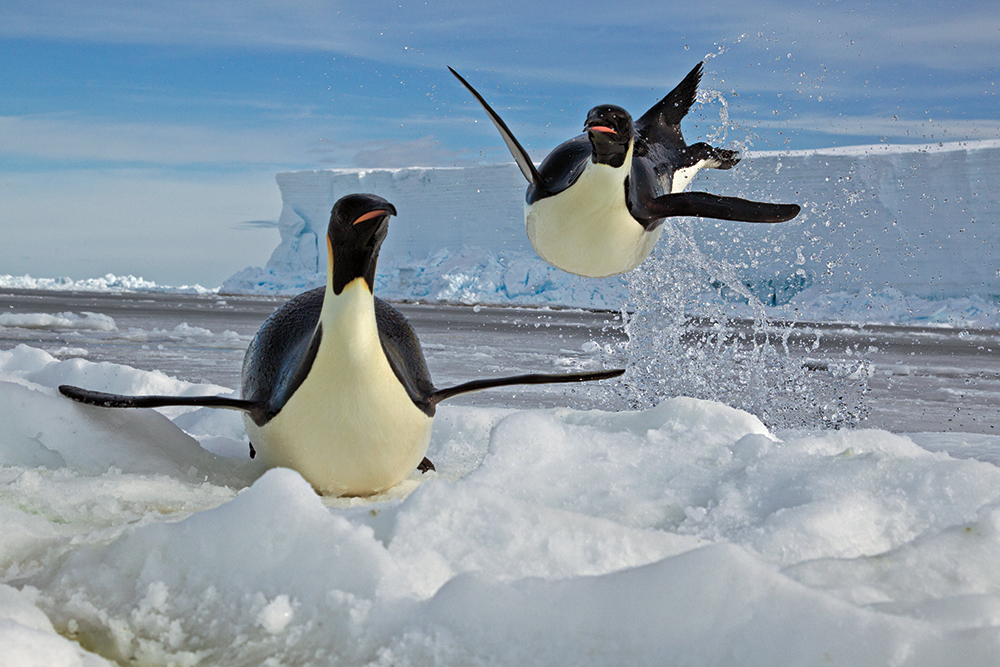
Nicklen has published eleven stories for National Geographic magazine, each one a feat of enormous bravery, luck and resilience. Hypothermia is par for the course. A few years ago, while diving with emperor penguins in Antarctica, Nicklen had to be pulled out of the water mid-shoot, as his body temperature dangerously low. “The water was the coldest that salt water can be before freezing,” he recalls. “At first, you lose feeling in your hands and feet, and your core gets cold, and then you lose all feeling in your limbs. It hurts like hell at first—but it’s when the shivering stops and everything starts to cramp up, that you have to stop, because you re entering the early stages of hypothermia.” Problem was, he didn’t want to stop shooting. “I never wanted to get out, ever. I wanted to take readers under the ice, and show them the penguins as these incredible water athletes, that can dive 1,500 feet deep and swim for three weeks at a time.”
For twenty years, he had wanted to swim with the narwhals, and photograph them. So he bought an ultra light airplane, had it shipped to the Antarctic, and when the weather was clement enough, he would land it on a drifting panel of ice and hope for the right moment to slowly introduce himself. “Took me ten years to get three hours of photographing narwhals,” he says.
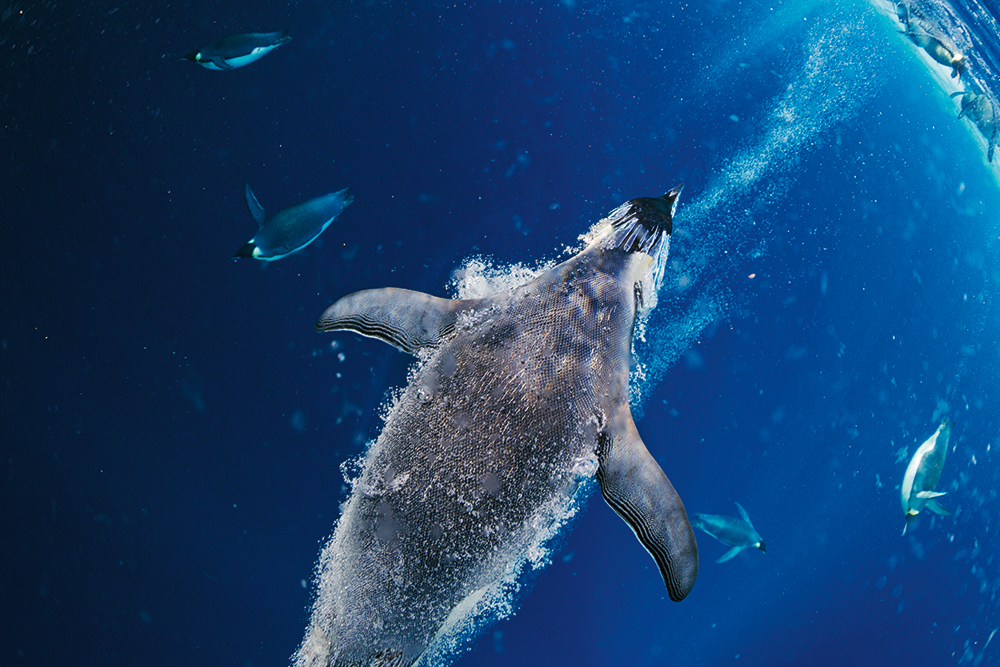
In 2007, a decade’s worth of photographs Nicklen had taken on and under the ice comprised the unforgettable Nat Geo story, “Vanishing Sea Ice”, among them, a particularly haunting image of a polar bear swimming under the ice, its ghostly reflection hovering above it, thanks to the peculiar refraction and mirroring of light that occurs underwater. Nicklen had imagined and sketched that photograph on a piece of paper ten years before he actually shot it. “Everyone knows what a polar bear looks like — but not everyone knows that they are incredible swimmers who can swim 100 miles without getting hypothermia. I wanted to show people that side of them.” It wasn’t until after emerging from the water that he looked through the images on his camera and realized he had finally got the shot he had dreamed about for so long.
Another Nat Geo cover story, on the elusive spirit bear saw Nicklen walking side by side with one of the rarest bears on earth (there are as few as 100, according to some estimates).“I don’t slink or sneak around like I’m a hunter — I let them see me and stand upright and talk to them. I walked through the forest five feet away from the spirit bear. You have to be really respectful, but really relaxed.” Doesn’t he ever get scared, getting so close to wild animals? “No. The most scared I’ve ever been as when I was attacked in the New York subway,” he says. “I don’t do well in crowds or around people. I guess some guy saw the terror in my eyes and threw me up against the wall.”
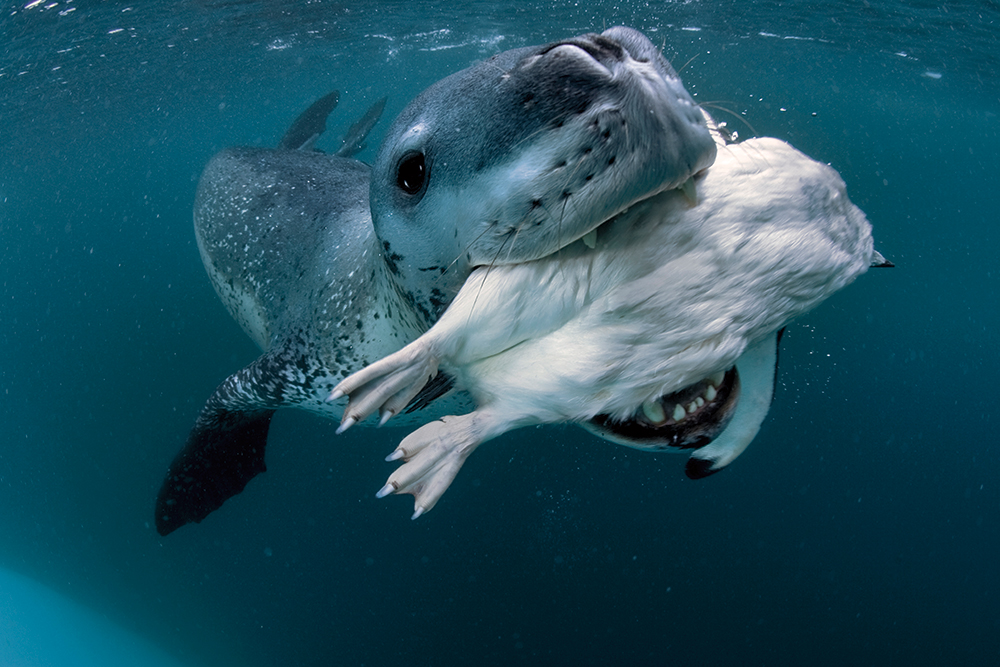
Nicklen’s Nat Geo story about growing up on Baffin, and the melting of the ice pack, resulted in the magazine’s biggest sales in 14 years. It was, in his own words, a “gut wrenching” story. “I don’t lecture people on climate change, even though it’s incredibly emotional when I find a dead polar bear. I cry my eyes out. Because these are the animals that I am trying to protect. You see animals pacing up and down and there’s a feeling of panic in them, this urgency. They need a meal, and if they don’t put on enough fat they won’t make it through the winter. It’s tough, but I can’t lose hope; I’ve got too much work to do, to show people what’s at stake.”
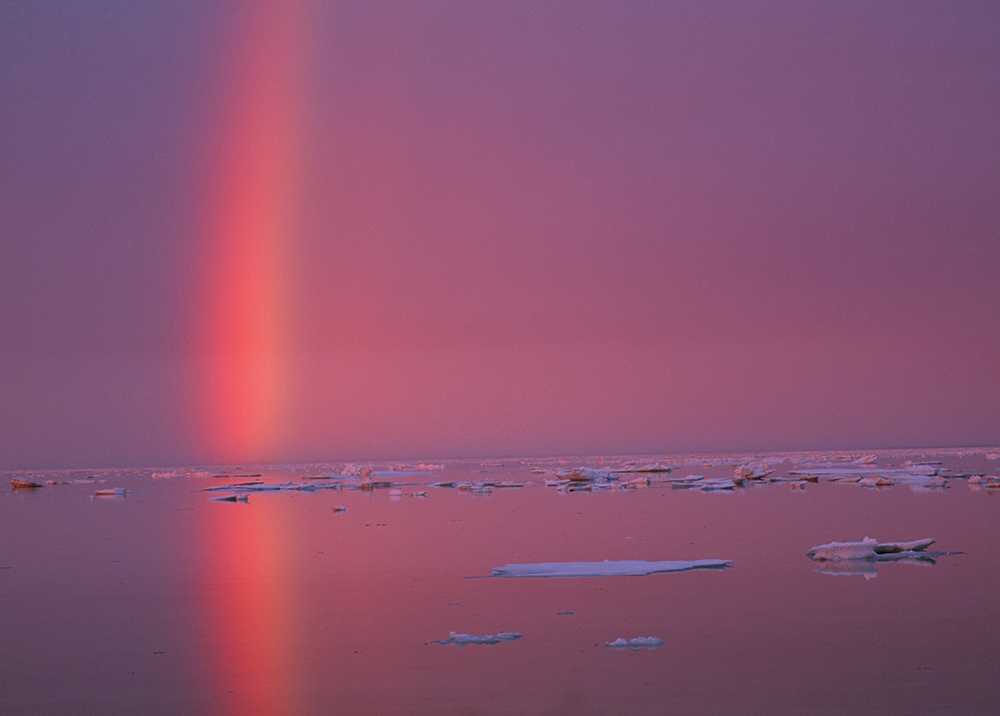
—


